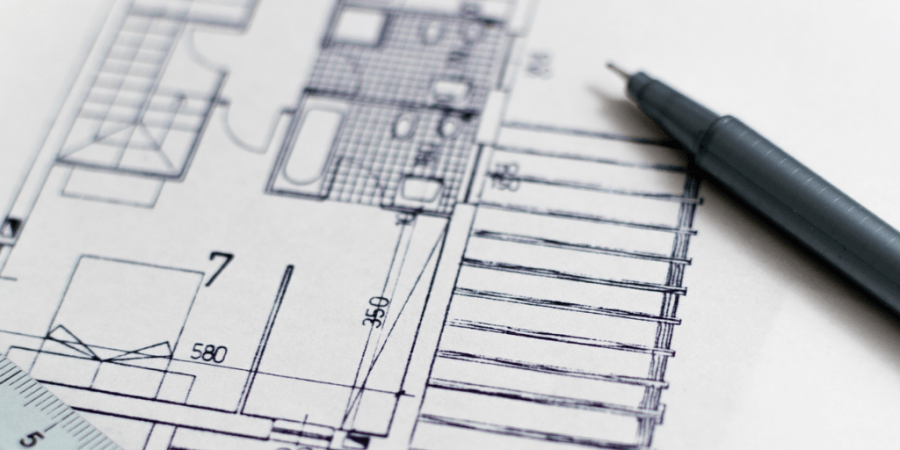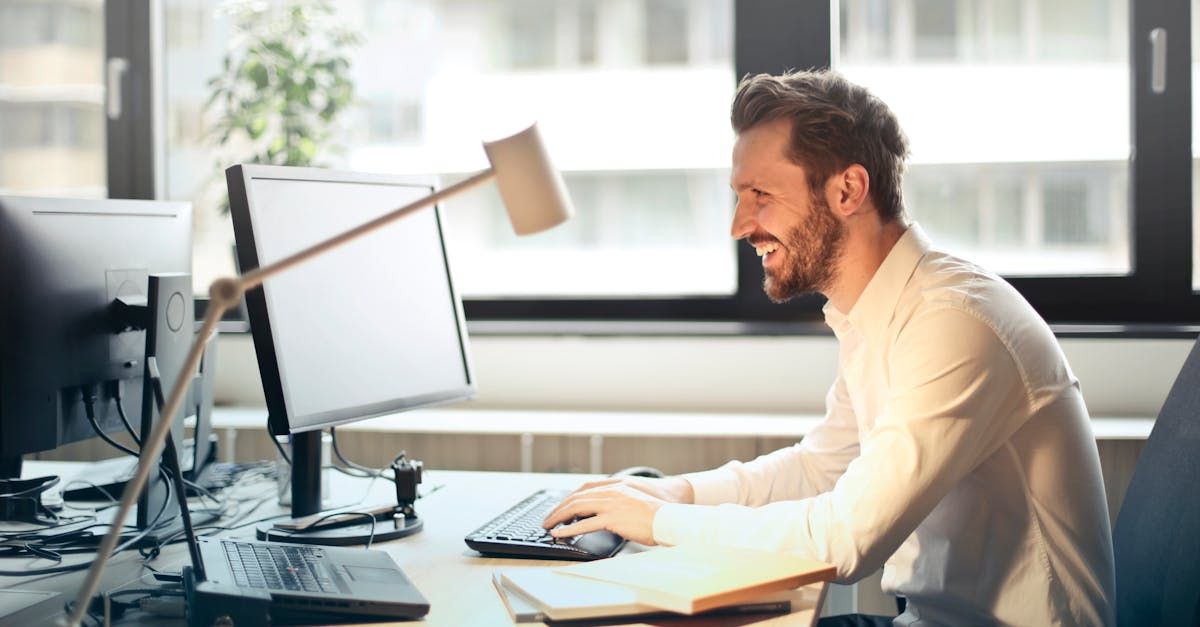Working with a Designer - Why You Need to Trust Them
Working with a Designer - Why You Need to Trust Them
At Devmac, we remain in contact with our clients throughout their project and long after their new website has been made live. Our client's trust us to be there when they need help or have questions.
Trust is a valuable commodity that should never be taken lightly, especially in business. Users and consumers will place their trust in your brand if they have a positive buying experience.
Likewise, businesses will place their trust in other businesses they do, well... business with.
More often than not, individuals within these businesses get overlooked. Sure, you may be working with XY business, but each stage of the work is completed by an individual(s).
The Designers Role
From an outside perspective, the designer has the easiest of roles: design. If you have never designed for the web, chances are you do not understand the work and skills required to complete everything to industry standard.
Which is expected. Not everybody is a designer. It takes a certain creative talent to pursue design as a dedicated career option. However, not everybody holds the same view.
The designer's role is not to create something perfect the first time, it's to work with you to create a tangible version of your ideas.
Once that version has been created, it can be perfected. This is the case with any piece of design work, especially for the web.
Ideas aren't always achievable. When a designer receives such an idea, they work to create a realistic, functional interpretation of the idea.
Our designers don't code nor are they required to. We ensure that their focus is on what they do best. Because of this, they have to have a good understanding of what is achievable and what isn't. only then can they create something that the client is happy with, but that works.
Hiring a Designer
Designers often carry the stigma that they must deliver a perfect result the first time. This is rarely the case. Clients will often go out of their way to demean the designer regarding their skills.
Designers are likely going to have heard "If I was a designer I could do that better" or "What do I even pay you for" a fair few times. If you are paying for a designer to complete your work then understand that you aren't a designer.
You should consider a few things when choosing a designer to work with.
Portfolio
The main consideration is their portfolio. As with any purchase, you should look at what you're buying into. You will want to look at past work and understand what they are good at.
This decision can be split into freelancing or agency.
If you have a small project that you need immediate assistance with, then you may go with a freelance designer. These individuals will assist you with the work, usually ASAP.
Freelancing rates vary depending on the designer. Another reason why it's best to understand the work that they do before hiring.
The second option would be an agency, or better yet, a specialised firm. If you are looking for web design, you will want to contact a web designer like us. If you are looking for a design for a marketing campaign, then you may prefer to contact an agency that tailors specifically for that.
In these instances, you will want to view the portfolio of the agency and see what kind of work they do.
If you are wanting a new Drupal website design a standard web developer who hasn't worked with Drupal won't have the experience. You may have a brilliant idea that the developer may not be able to fulfil due to the lack of experience.
Agencies will often notify you if this is the case, However, freelancers may not be so quick to turn down the work. Some may opt for the "quick learn" method where they quickly learn the platform in an attempt to win the project. The outcome of this will be of lower quality and feel rushed.

Have Some Ideas
During our web design projects, we hold multiple review meetings at key stages of the design process. Why do we do this? To make sure that all requirements have been met and the client is happy with the designs.
Before the designs have been started, we sit with the client for a planning meeting. This is a critical stage in the process as it allows us to understand exactly what the website needs to achieve.
Why is this so important?
A face to face meeting allows us to ask every question we need. designers may find that new requirements get dropped on them mid designs. Or, they complete the design to the requirements and then the client says "Oh, just one more thing"...
Suddenly what was a square box is now a square rectangle with bells, whistles and flashing lights. Not only does this delay the project with design iterations, but it also adds more cost to the project.
"Why am I being charged for this" is a staple quote that freelancers fear. Some clients expect that their add-ons are free because the project hasn't been closed. It is rarely the case that extra work is added for free.
As the Client
As the client, you need to ensure that your original meeting and/or communication with the designer is filled with information. Provide them with every reference you have. If possible, give them colour guidelines and any business branding.
You want to make sure that you get every idea, every problem and every consideration out in the open at the start. Coming up with new ideas during the work will only confuse the designer and may then impact the cost.
You will want to cover and include:
-> Project specification and outcome
-> Colours and branding
-> Required delivery date / Deadline
-> A written outline of the project for them to follow
-> Every idea you have for the project (even ones that you don't think could work)
Finally, you will want to give the designer a chance to ask some questions back. Depending on the line of work you require, there may be more steps to the above.
Trust the Designer
Once the initial startup has been completed, the designer will spend time working through the project until its completion.
Our web projects are managed by a dedicated staff member. This allows us to provide regular communication throughout the design processes. We opt for weekly communication with a status update.
However, if you are working with freelancers (or other agencies), they may not opt for the same process. Some designers prefer to keep their head down and complete the work.
You should be specific about the communication protocol when finalising the agreement with the designer. Make sure that they agree to your terms so you understand when you will hear back from them.
You need to trust your designer. They are a designer for a reason and you have paid them for a reason. In our experience, the best websites have come as a result of mutual respect for both designer and client.
Your first draft may not be the masterpiece you were expecting and that's fine. It's labelled a draft for a reason. When this occurs, there are two responses:
"This is terrible, I could do better. Do it again!"
"This isn't quite what I was expecting but..."
Everyone needs to aspire to be the second. Design, along with many other professions, requires constructive feedback to truly improve. If your designer didn't deliver the best result the first time, shouting at them and telling them to do it again isn't going to improve the end result.
Instead, inform them of what you don't like. Why don't you like it? What were you imagining instead? What should they change?
More often than not that one comment could spark their brain. We have had many cases where the designer wasn't 100% understanding the project. One small comment from the client and that was enough to get them on the right track creating the ideal design.
Always offer the why and not just the what.
Web design relies on us understanding your clients and the best way to market to them. This is the case with virtually every design. Designs are created to serve a purpose or to induce an emotion. "I don't like it" isn't a great response to receive as a designer.
"I don't like it because..." without finishing the sentence, you can imagine the vocal difference of delivery.
Aim to provide constructive criticism, not criticism.
Struggling to find the right web developer for your next project? Call us on 01332 477575 and speak to us about your requirements.






